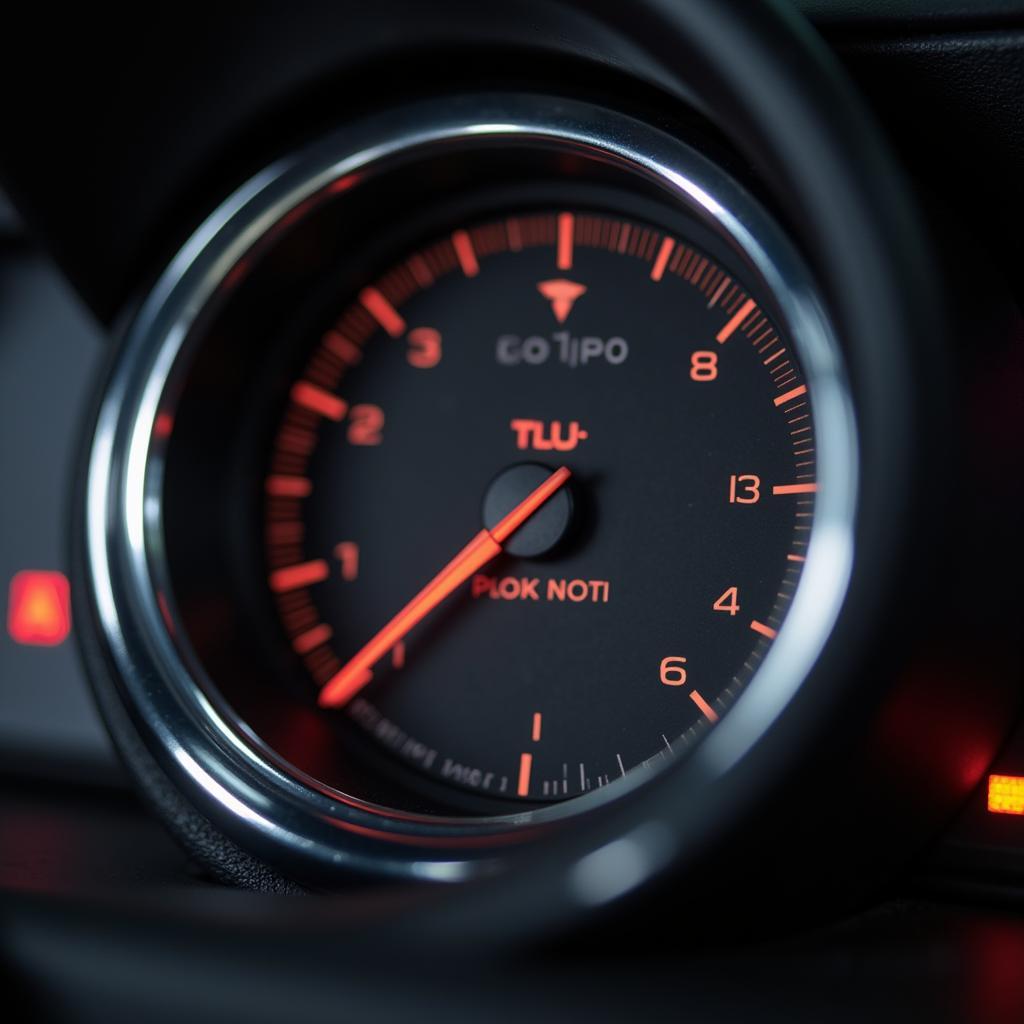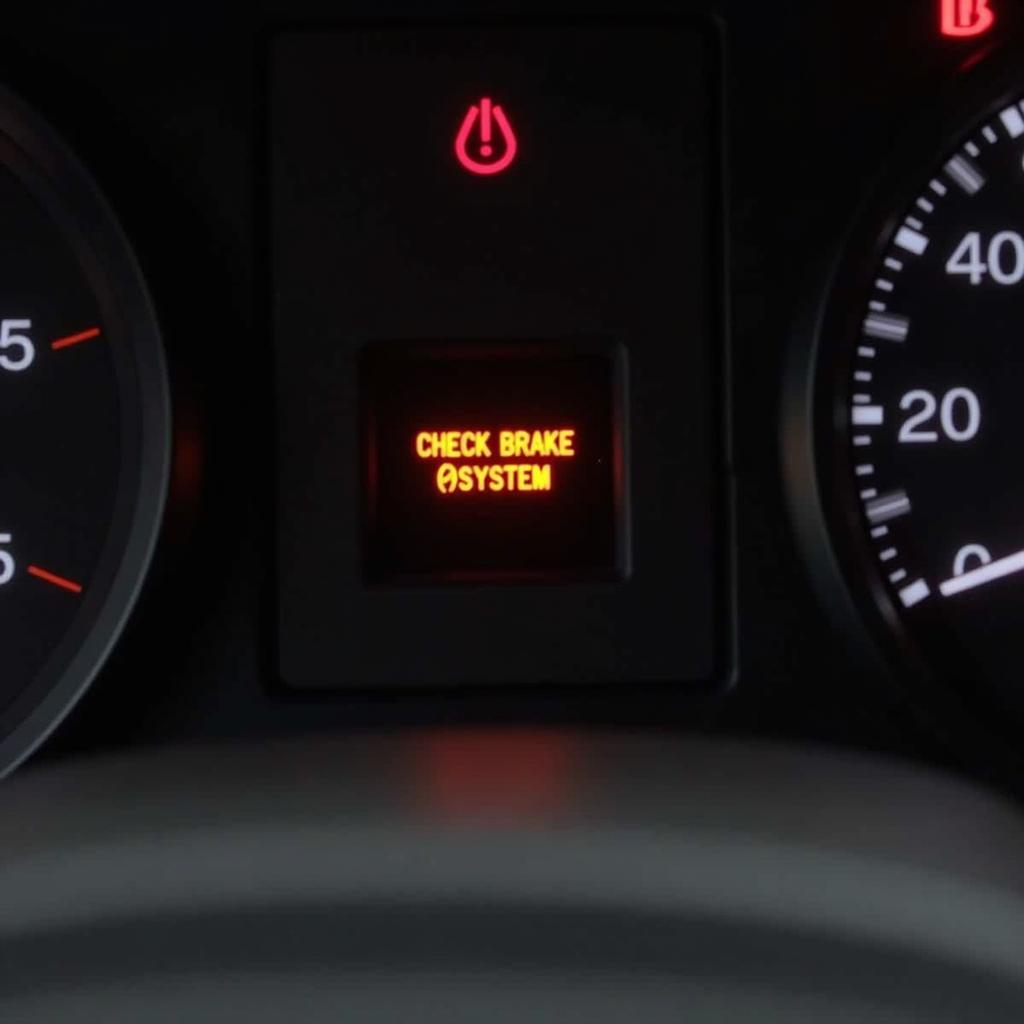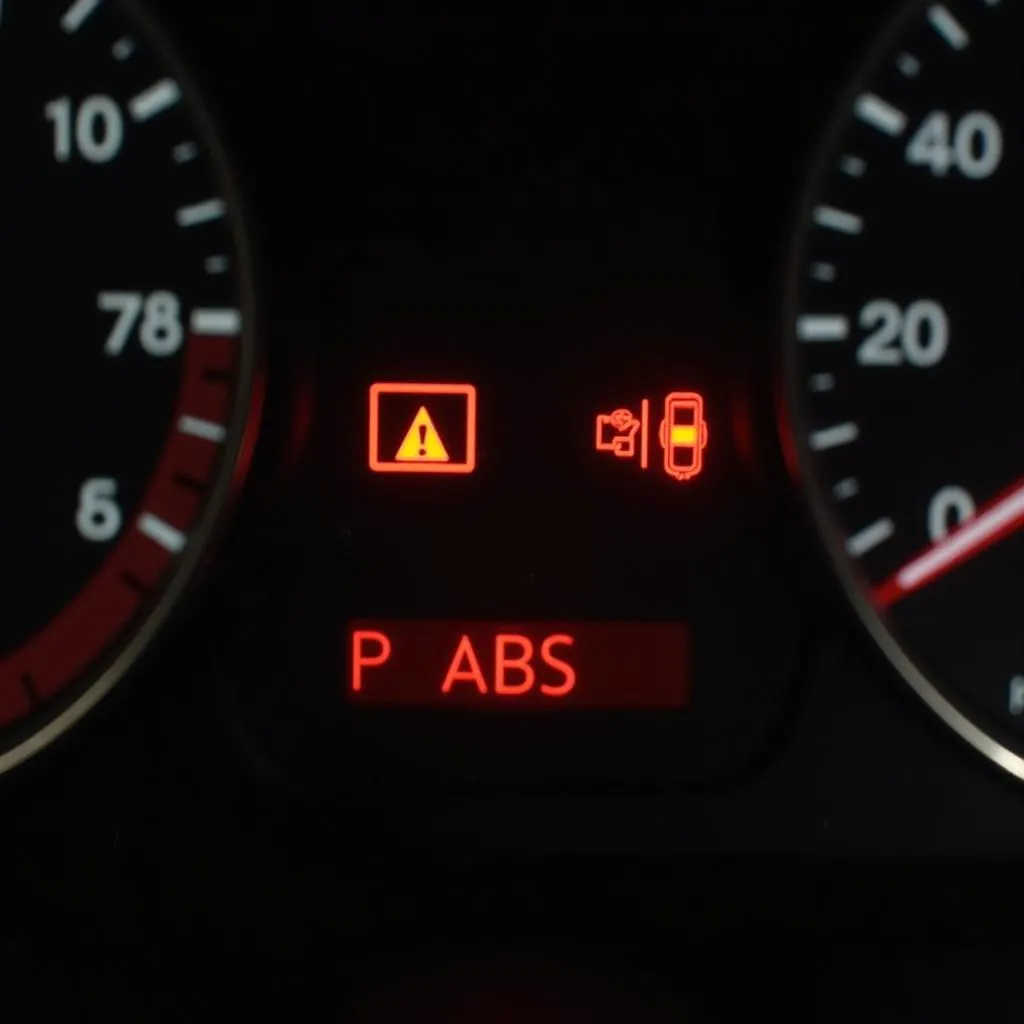Imagine cruising down the road, enjoying the scenery, when suddenly, two ominous lights illuminate your dashboard: the primary brake warning light and the auxiliary brake warning light. This situation can be unsettling, but understanding the potential causes and knowing how to address them can save you time, money, and potential headaches down the road.
This comprehensive guide delves into the common reasons behind these warning lights and offers practical solutions, empowering you to take control of your vehicle’s safety.
Why are My Brake Warning Lights On?
The primary brake warning light signals a problem within your main braking system, responsible for bringing your vehicle to a complete stop. On the other hand, the auxiliary brake warning light, often associated with parking brakes or emergency brakes, can indicate issues with this secondary system. When both lights illuminate simultaneously, it usually points to a more serious underlying issue requiring immediate attention.
Common Culprits Behind the Warning Lights
Several factors can trigger these warning lights. Let’s break down the most frequent culprits:
1. Low Brake Fluid Level
Brake fluid plays a crucial role in transmitting force from your brake pedal to the wheels, enabling effective braking. A low brake fluid level often indicates a leak within the system, potentially compromising braking performance and safety.
 Low Brake Fluid Reservoir
Low Brake Fluid Reservoir
Expert Insight: “Always check your brake fluid level as part of your routine vehicle maintenance. If you notice a consistent drop in fluid level, it’s crucial to have your braking system inspected for leaks by a qualified mechanic.” – John Miller, Senior Automotive Technician.
2. Worn Brake Pads
Brake pads are designed to wear down over time with regular use. As the friction material on the pads depletes, their ability to grip the brake rotors diminishes, leading to reduced braking efficiency and potentially triggering the warning lights.
3. Faulty Brake Lines or Hoses
Brake lines and hoses are responsible for transporting brake fluid throughout the system. Over time, these components can deteriorate, crack, or become damaged, leading to leaks and triggering the warning lights.
4. ABS Sensor Malfunction
The Anti-lock Braking System (ABS) prevents wheel lockup during hard braking, ensuring vehicle stability. A malfunctioning ABS sensor can disrupt the system’s operation, leading to illuminated warning lights.
5. Electrical Issues
Electrical faults within the braking system, such as a blown fuse or a faulty brake light switch, can also activate the warning lights.
Troubleshooting Brake Warning Lights
While seeking professional assistance is highly recommended, here are some initial steps you can take to troubleshoot the issue:
-
Check Your Brake Fluid: Carefully inspect the brake fluid level in the reservoir. If it’s low, add the appropriate brake fluid type as specified in your owner’s manual. However, be cautious, as consistently low fluid indicates a leak requiring immediate professional attention.
-
Inspect Your Parking Brake: Ensure your parking brake is fully disengaged. Sometimes, an improperly released parking brake can trigger the auxiliary brake warning light.
-
Check Your Brake Lights: Verify if your brake lights are functioning correctly. A faulty brake light switch can sometimes activate the warning lights.
When to Seek Professional Help
If the warning lights persist even after performing these checks, it’s crucial to seek immediate professional assistance. Driving with illuminated brake warning lights can compromise your safety and potentially lead to costly repairs.
Primary Brake and Aux Brake Warning Lights On GMC Topkick
Experiencing these warning lights in your GMC Topkick? Specialized diagnostic tools and expertise are often required to accurately pinpoint the issue and implement the necessary repairs.
You can find more information about this specific issue here: primary brake and aux brake warning lights on gmc topkick.
Conclusion
Encountering illuminated brake warning lights can be unnerving, but understanding their potential causes and taking appropriate action ensures your vehicle’s safe and efficient operation. Remember, timely maintenance and addressing warning signs promptly contribute to a smoother, safer, and worry-free driving experience.


